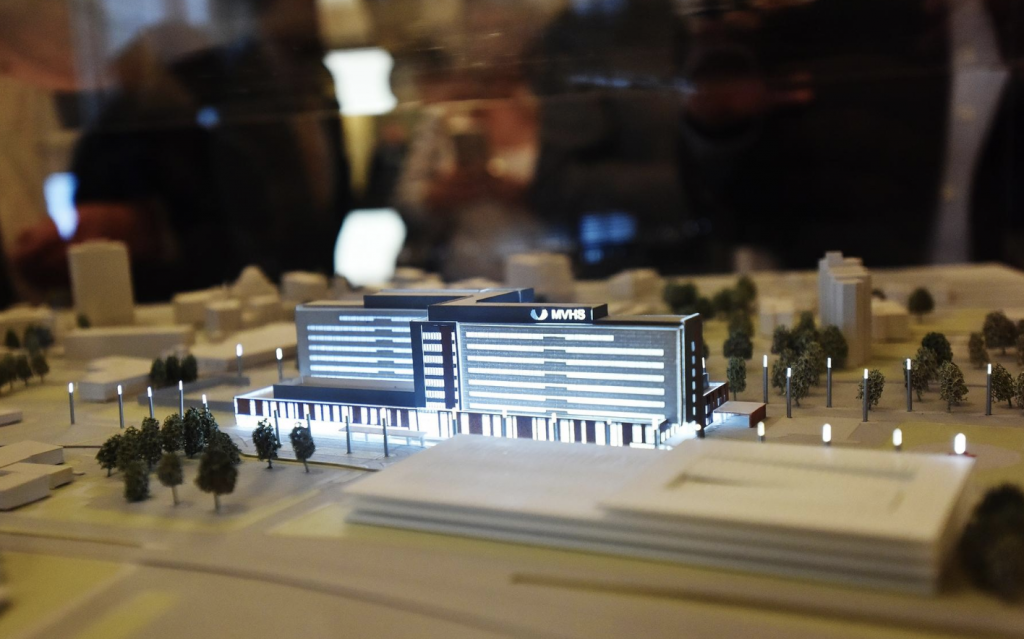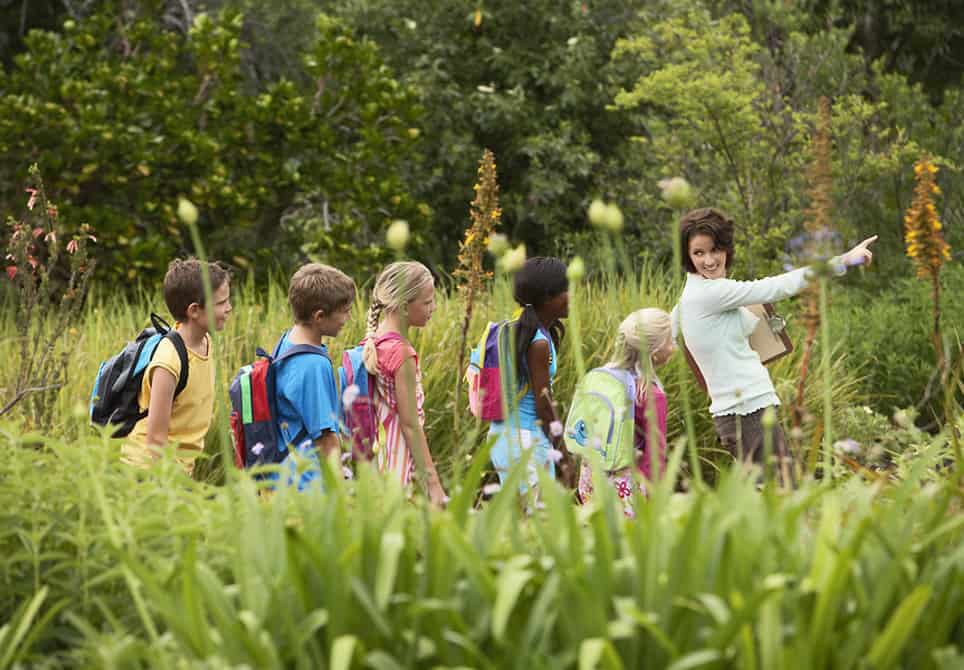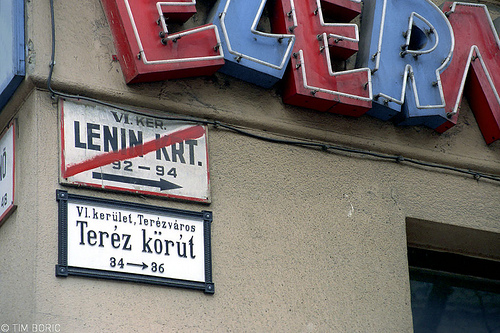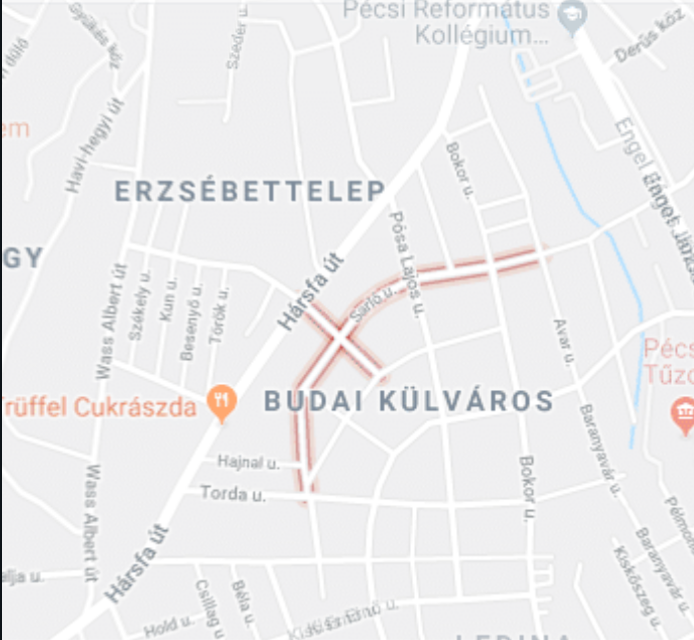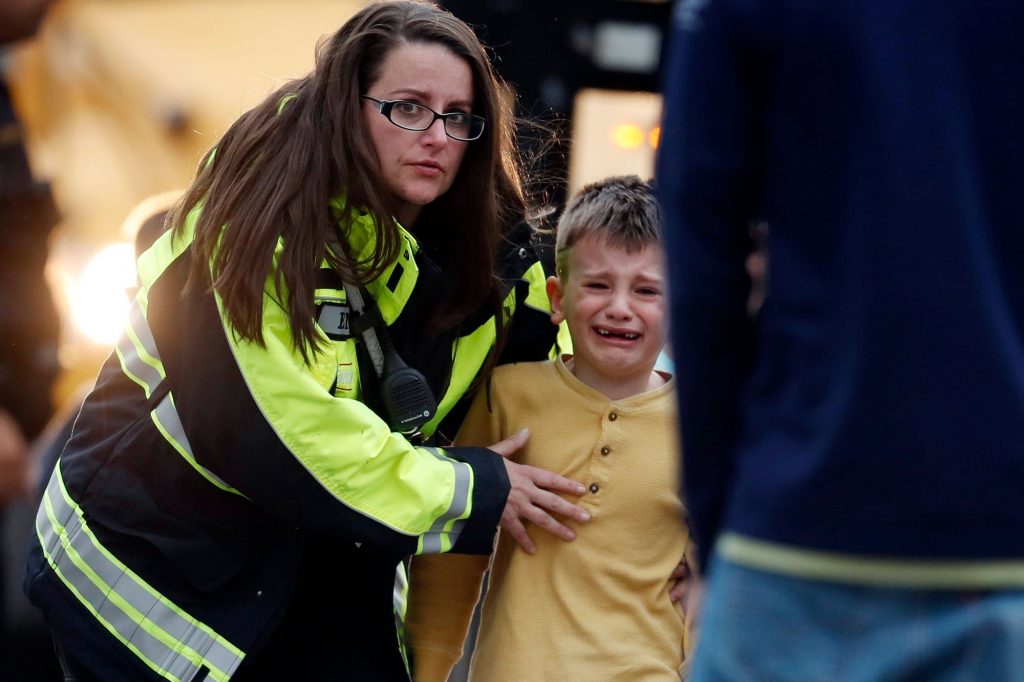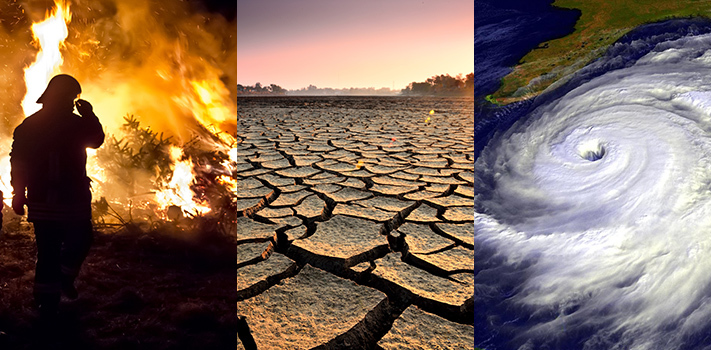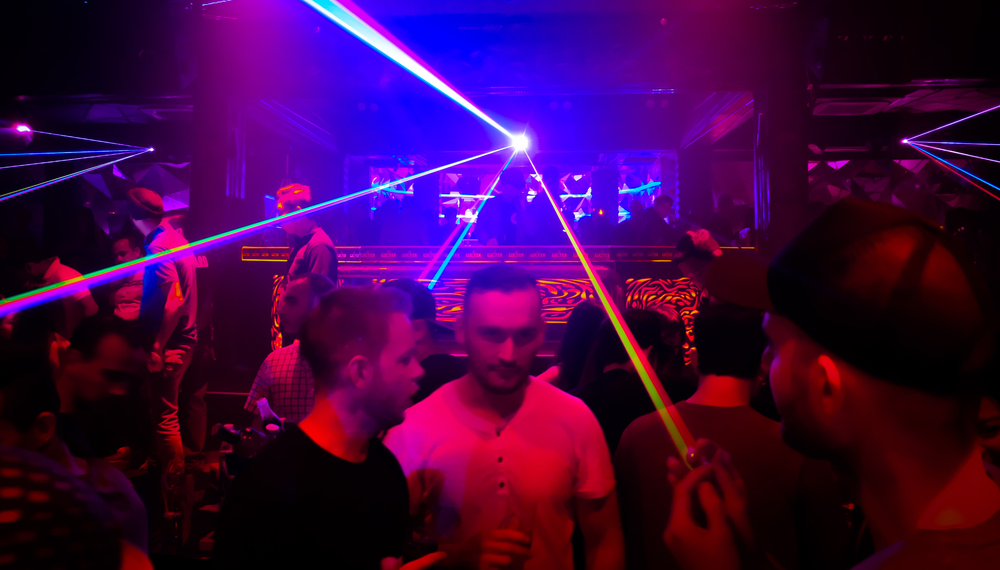
I came across an article in the New York Times about the installation of ultra fast 5G connections network in Taesung Freedom Village, South Korea and how this would amend some of the inconveniences the villagers face. Upon reading the article, I learned about an extremely unique living situation that I hadn’t really known anything about before and it gave some insights about the experiences of living in a “no-go zone” and a highly militarized border area. Taesung is the only place inhabited by South Koreans in the Demilitarized Zone that separates North and South Korea. After the treaty in 1953, the DMZ was created to keep the warring armies apart. The area was almost entirely cleared out and it became known as one of the scariest places on Earth. However, villagers that live there have become used to their unique way of life and even have a sense of security from the strong military presence.
Because South Korea was determined to keep Taesung populated to serve as a symbol, they give villagers incentives. For example, its residents do not pay national income taxes and are exempt from South Korea’s mandatory military service requirement. There are obviously disadvantages to living in this village too. Taesung has no gym, hospital, supermarket, or restaurant. Furthermore, it is primarily a farming village, and villagers have to request a military escort each time they want to go to the rice patties or get water from the reservoir. It is extremely difficult for visitors to come and when cars enter their GPS navigation goes blank. Furthermore, there is a midnight to sunrise curfew and door to door roll call carried out every night. The 5G network installation was installed to alleviate some of these issues. Now, to get water from the water pump, they can do it through an app from their homes. They can also control their sprinklers for their crops through an app. The community center now has streaming, virtual workout classes and the school has interactive games and sports. To keep the village populated, South Korea spent a lot of money on the school, so it has advanced technology, American soldiers who teach English classes, and now outside students can be bussed in to attend.
I find all of this extremely interesting for many reasons. First of all, villagers talk about the strange mix of living in what has been known as the scariest place on earth, while also feeling secure because of the heavy presence of soldiers. The villagers “often find themselves front-seat witnesses to the ebb and flow of inter-Korean relations” and until recently, they used to hear North Korean propaganda being blasted from loud speakers on the other side of the border. However, they also state that they have been living there for generations and consider it home. The introduction of the 5G network also creates a potentially interesting situation. Once mostly cut off from the rest of the world, villagers now have access to almost everything they need via internet. I am curious to see what affects this will have the village and its residents.
https://www.nytimes.com/2017/04/20/world/asia/as-tensions-rise-between-the-koreas-farming-in-the-demilitarized-zone-goes-on.html


